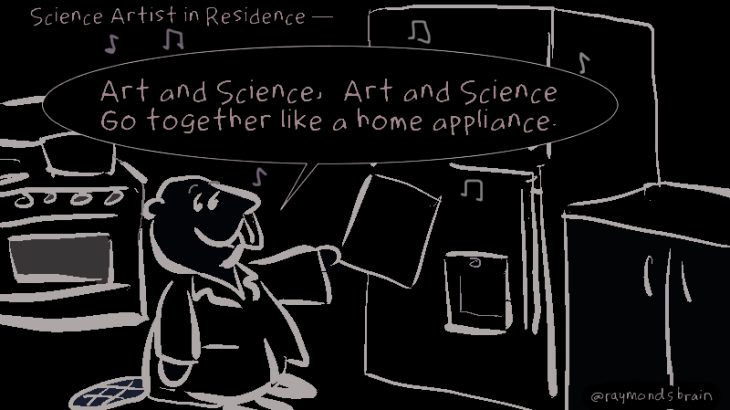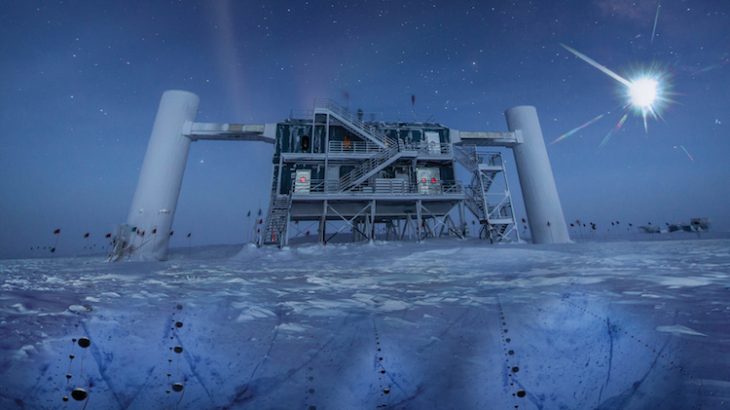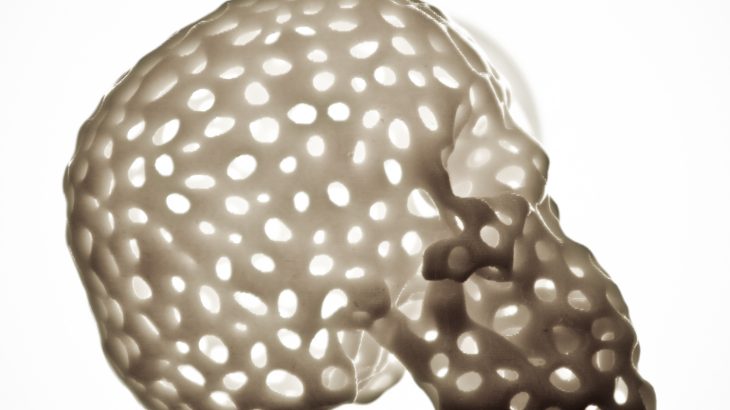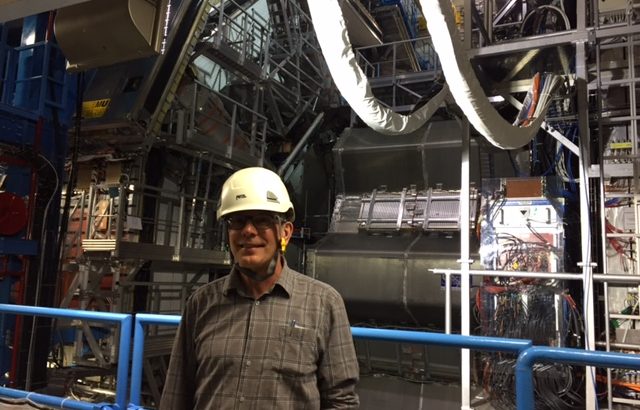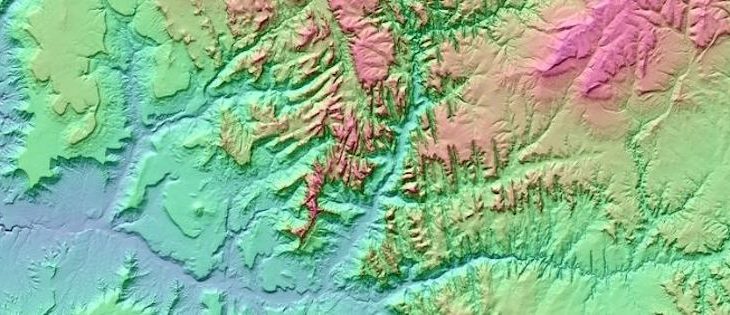
Mary Anne Schoenhardt, Science in Society editor You may know that the iPhone 12 Pro contains a lidar (light detection and ranging) sensor. A remote sensing technique originally developed for space exploration and military defence, lidar is more than just a fancy gadget for your new phone. One of the lesser-known uses of lidar is […]

